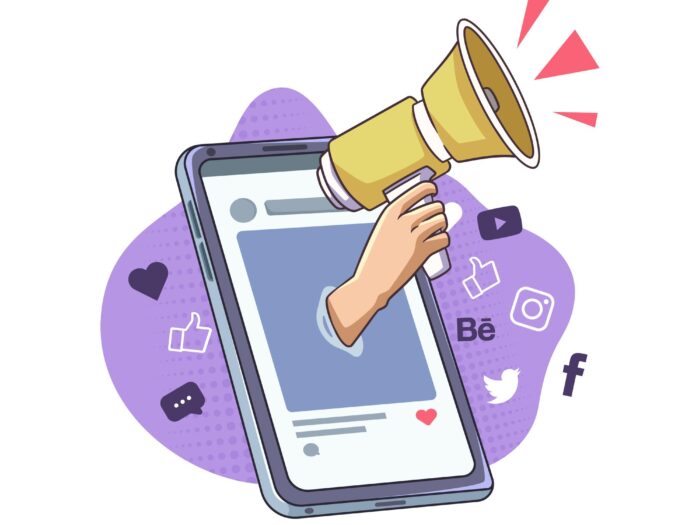In today’s digital age, crafting a landing page that converts visitors into customers is vital for a successful online marketing strategy. A well-designed landing page can greatly increase conversion rates and drive business success. There are various factors that we should consider When designing a landing page, such as compelling copy, eye-catching visuals, a clear call-to-action, and a user-friendly layout. In this blog, we will highlight the main seven steps and tips that you should follow to create a high-performing landing page. So let’s get started!
Necessary Seven Steps To Consider When Creating High-Performing Landing Page
Define Clear Goals and Target Audience:
The first step in creating a high-performing landing page is defining clear goals and identifying your target audience. Knowing the specific action you want visitors to take will guide your landing page’s entire design and content. Whether it’s signing up for a newsletter, making a purchase, or downloading a resource, clarity in your goals is essential. Understanding your target audience’s needs, preferences, and pain points allows you to customize your content to resonate with them.
- Clearly outline the primary goal of your landing page, whether it’s lead generation, product sales, or another specific action.
- Understand your target audience’s demographics, preferences, and pain points to customize your messaging and design to resonate with them.
- Use analytics tools to gather insights on user behavior and adjust your goals and audience targeting based on data.
Craft Compelling Headlines and Copy:
Improve your landing page headline to capture visitors’ attention with compelling and concise copy that clearly communicates your product or service’s value proposition. Address your audience’s pain points and highlight the benefits of taking action.
- Create a concise and attention-grabbing headline that immediately communicates the value proposition of your product or service.
- Use persuasive and emotionally resonant language in your copy to evoke a response from visitors.
- Clearly define the benefits of your offering and highlight what makes your product or service unique from the competition.
Create Visually Appealing Designs:
It is essential to have an attractive landing page to maintain the interest of visitors. Use a clean and visually pleasing design that aligns with your brand. Incorporate high-quality images, videos, and graphics that support your message and guide visitors toward the conversion goal.
- Opt for a simple & organized layout that guides visitors’ focus to key elements on the page.
- Choose high-quality, relevant images that complement your brand and engage the audience.
- Maintain a consistent color scheme and font usage to establish a professional visual identity.
Optimize for Speed and Performance:
Slow-loading landing pages can increase bounce rates and hurt conversion rates. To optimize page speed, compress images, use browser caching, and reduce HTTP requests. A fast-loading landing page enhances the user experience and increases the likelihood of conversions.
- Compress images and multimedia files to reduce page loading times, enhancing the user experience.
- Reduce the use of external scripts and plugins to prevent delays in page rendering.
- Regularly conduct performance audits using tools like Google PageSpeed Insights to identify and address potential speed issues.
Incorporate Strong Call-to-Actions (CTAs):
Effective CTAs guide visitors toward the desired action. Use compelling and action-oriented language for your CTAs, such as “Buy Now,” “Sign Up Today,” or “Get Started.” Ensure your CTAs stand out visually and are strategically placed throughout the page.
- Make your CTAs visually striking by using contrasting colors and placing them prominently on the page.
- Use compelling and action-oriented copy for your CTAs, clearly instructing visitors on what step to take next.
- Test different CTA variations through A/B testing to determine which elements resonate most effectively with your audience.
Final Say!
Creating a high-converting landing page involves a thoughtful and strategic approach. By implementing the above-mentioned steps and keeping up with industry trends, you can design landing pages that attract visitors and guide them toward conversion. Remember, the key lies in understanding your audience, crafting compelling content, and consistently refining your approach based on data and user feedback.
Read Our Another Blog: WHAT TYPES OF CONTENT ARE MOST EFFECTIVE FOR GENERATING LEADS?



